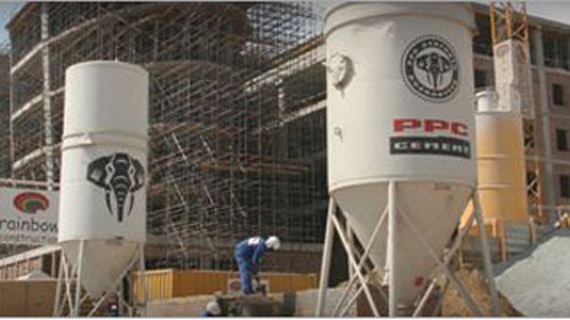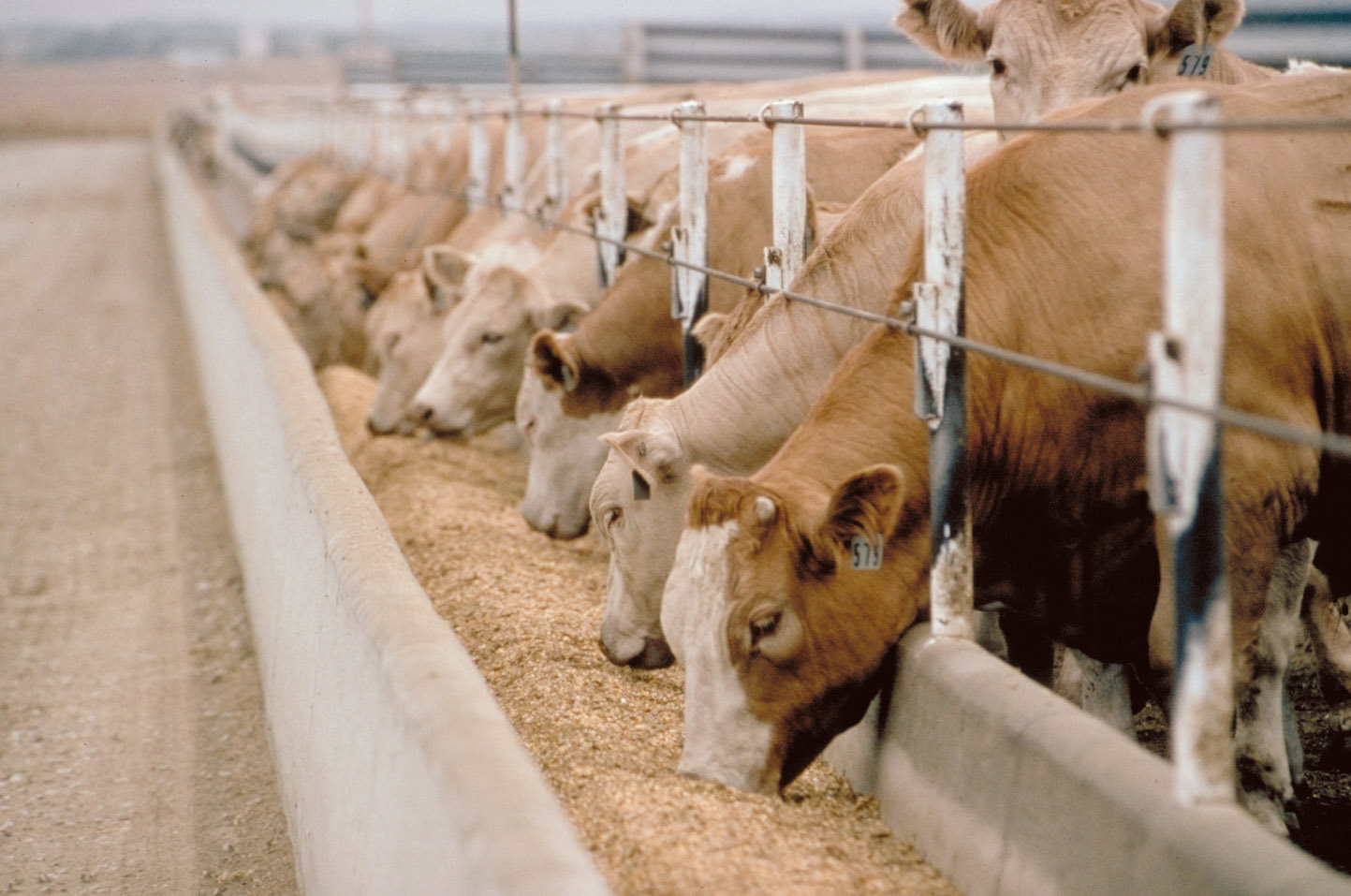Communal farmer inspires youths with successful cattle breeding project
IT doesn’t take one to own large tracts of land to become a successful cattle breeder as communal farmers can also fully utilise their land and run productive farming projects in villages.
This was said by an enterprising cattle breeder, Mr Jairos Mahlangu, whose successful cattle breeding venture is run in a village in Mbalabala, Matabeleland South Province.
Typically villagers are allocated about five to eight hectares of land, divided into space for a homestead, nutritional gardens and fields for growing maize, small grains among other crops.
Mr Mahlangu now boasts of a herd of 160 Brahman breeds in a small relatively small piece of land in Arisville, village eight in Mbalabala.
His life story is one of humble beginnings, hard work and perseverance.
Chronicle caught up with Mr Mahlangu at the Bulawayo Agricultural Show, which runs concurrently to the Zimbabwe International Trade Fair (ZITF) and he shared his story.
“There is a general belief that for one to be a successful cattle breeder, they must own a huge farm or plot but I would like to differ and encourage anyone who has a passion for cattle breeding, especially the youth, that they can start this business even in their villages.
“All it takes is passion, hard work and learning as much as you can from the established farmers who have been in the business for long.
“I started with just a few heifers at my homestead in village 8 in Mbalabala where I grew maize and fodder crops that we would use as stock feed for the Brahmans. Every homestead has a piece of land reserved for growing crops like maize and all it takes is fully utilising that three or five hectares of land to grow fodder crops.
“If one is interested in running a road runner (chickens) project, they can use their land to grow small grains, which will be used to feed the chickens, saving money on stockfeed as one keeps growing as a farmer,” he explained.
He brought six beasts, including an impressive breeding bull, to the Bulawayo Agricultural Show.
Mr Mahlangu said youths in villages interested in cattle breeding should embrace the concept of growing fodder crops for stock feed as the nutritious cattle-feeding legumes strive even in areas that receive below normal rainfall.
In areas that experience drought conditions that greatly reduce the availability of livestock forage, fodder crops offer major relief to cattle breeders.
chronicle










